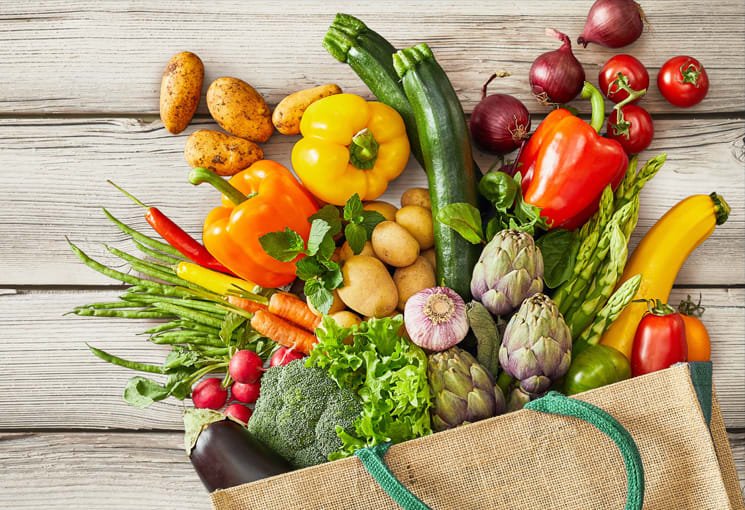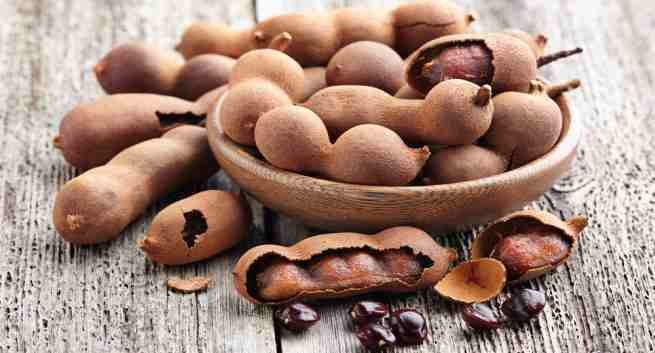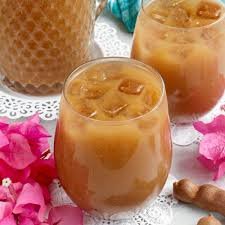Nutrition
Dietary management of prostate cancer

Eat balanced diet
In this new chapter, we will be discussing how we can manage prostate cancer with our diet.
Prostate cancer, although rare in men under 40 years, is the third most common cause of cancer deaths in men of all ages. The prostate is a gland below a man’s bladder that wraps around the urethra (the passage that guides urine out of the body).
Signs and symptoms of prostate cancer may include:
● Problems passing urine, such as pain, difficulty starting or stopping the stream of urine, or dribbling.
● Frequent urination
● Lower back pain
● Pain with ejaculation
The level of a substance called prostate specific antigen (PSA), is often high in men with prostate cancer, so doctors check the level of PSA as a way to screen for prostate cancer. Since the PSA test became common, most prostate cancers are found before they cause symptoms. Notwithstanding, a lot of people present late and little or nothing can be done for them. But be aware that PSA can also be high in other conditions.
In as much as the ultimate management is surgical and/or medical, lifestyle modification and nutrition can go a long way in preventing prostate cancer.
Foods to include
● Fiber rich foods such as; whole foods, fruits and vegetables, seeds and nuts.
● Lycopene rich foods such as; tomatoes, water melon, sweet pepper, and red grapes.
● Omega-3 fatty acid rich foods such as; salmon, flaxseed, anchovies, and sardines.
● Selenium rich foods such as; mushrooms, shrimps, Brazil nuts, salmon, and oatmeal.
● Vitamin E rich foods such as; spinach, almonds, and asparagus.
● Vitamin C rich foods such as; oranges, tangerines, pineapples, and lemons.
Foods to avoid
● Red meat such as; beef, mutton, and chevon.
● Dairy products such as; milk, butter, cheese, yogurt and custard.
● Highly processed foods such as; sugary drinks, syrups and jams, and candies.
● Saturated fatty foods such as; pastries, deep fried foods, and lard.
● Highly salted foods such as; salted nuts, salted beef, salted fish, and potato chips.
Lifestyle modification
Modifying our lifestyle from a predominantly sedentary lifestyle to incorporating exercises like going for walks, jogging, and riding bicycles, as well as avoiding late-night high-calorie meals, excessive alcohol intake, and cigarette smoking will serve to prolong our healthy life and prevent prostate cancer from being our burden.
In conclusion, our strength and zeal is highest in our youth and we should take full advantage of this by changing our lifestyle now for the better and incorporating a healthy diet that will keep us free from such a diagnosis in our mid and elderly life.
The writer, Bernice Asare Korkor, is the CEO of Holistic Health Consult
“Your diet your health, your health your wealth”
E-mail: holistichealthconsultgh@gmail.com
Nutrition
Benefits of Tamarind Juice

Tamarind juice is particularly abundant in vitamin C, which is important for a strong immune system, healthy skin and wound healing.
Additionally, tamarind provides significant amounts of B vitamins like thiamin, riboflavin and niacin, as well as essential minerals like potassium, magnesium, and iron.
– Antioxidant properties
Tamarind contains potent antioxidants, such as polyphenols and flavonoids, which combat harmful free radicals in the body. This oxidative stress reduction can help prevent cell damage and lower the risk of chronic diseases, including cancer.
-Digestive health
Tamarind contains dietary fibre and natural laxatives that promote regular bowel movements, alleviate constipation and improve overall gastrointestinal health.”
– Heart health
Regular consumption of tamarind juice may have a positive impact on cardiovascular health. It can help lower cholesterol levels due to its high fibre content and antioxidants, reducing the risk of heart disease.
– Anti-inflammatory properties
Tamarind juice does a great job in curbing inflammation in the body. High in anti-inflammatory compounds such as polyphenols and bioflavonoids, this property makes it potentially beneficial for individuals suffering from conditions like arthritis or chronic inflammatory diseases.
– High magnesium content
Tamarind is rich in magnesium- 110 mg per 120 g of pulp. This simply concludes that drinking tamarind is a convenient way to meet your daily magnesium requirements. It plays an important role in the formation of bones, regulates heart rhythm, and contraction of muscles, and keeps blood sugar levels under check.
Source; Healthshots.com
Nutrition
Tamarind drink (Saamia)

Ingredients
• 100 grams of tamarind seed (peeled including seeds)
• Water
• 50 grams of ginger
• 2 grams of alligator pepper
• 3 grams of cloves
• Sugar to taste
Preparation
• Peel and wash ginger, cloves, alligator pepper and blend.
• Soak tamarind overnight (optional)
• Boil water and pour over tamarind
• Soak for several hours
• Mash the mixture for the pulp to come off the seeds
• Add grounded or blended spices to the mixture
• Add water and boil for 30 minutes
• Put off fire and allow to cool
• Sieve and strain to get rid of particles (spices and pulp)
www.thespectatoronline.com
Your Weekend Companion







